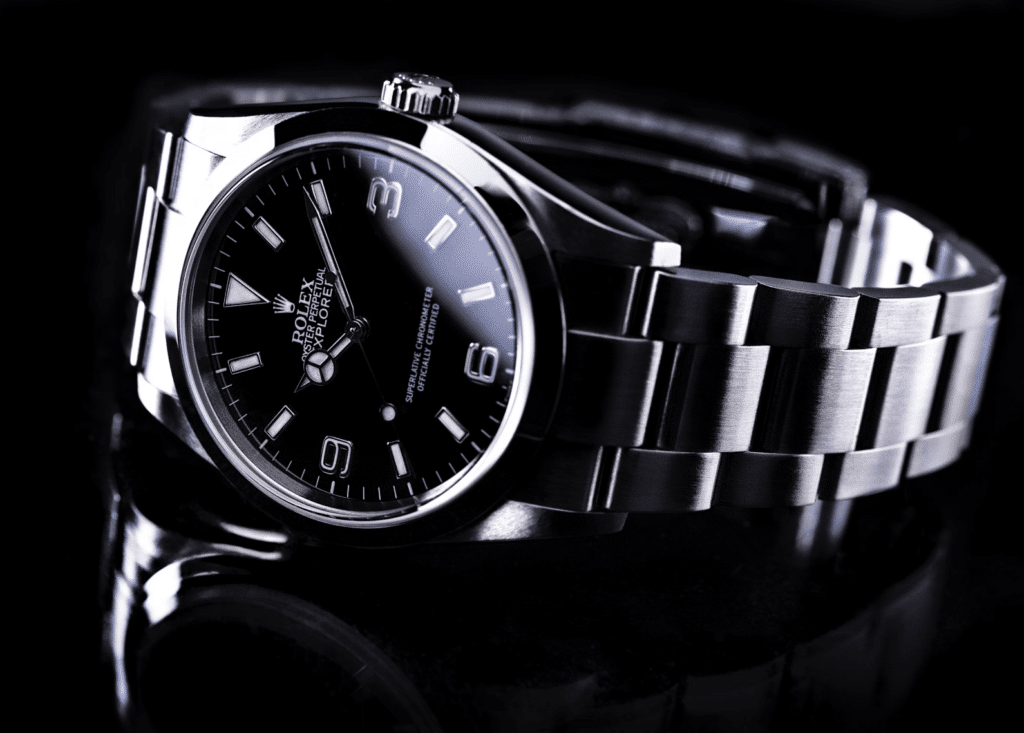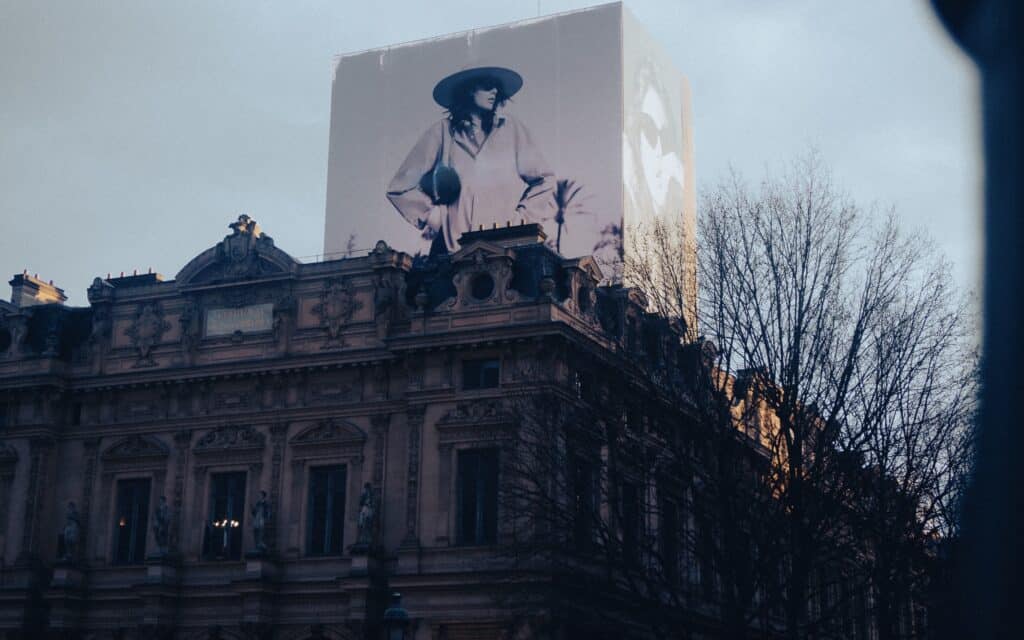In August 2017, Pantone created a new color. The small company – headquartered about an hour outside of Manhattan in Carlstadt, New Jersey – is known for its practice of coding colors and selling them as part of its Pantone Matching System, a proprietary standardization guide on “all things color.” Unlike its usual “Colors of the Year” or its routinely-introduced seasonal colors, this one was different. The custom hue, a “distinct” deep purple, was created for Prince Rogers Nelson, who had died in April 2016. It is called Love Symbol #2.
Fast forward to October 2018, and Prince’s estate and his main business entity Paisley Park Enterprises – Pantone hue in hand – filed a trademark application with the U.S. Patent and Trademark Office (“USPTO”). The Prince-affiliated parties are seeking federal protections for “the color purple alone, which is the approximate equivalent of Pantone Matching System color identified as Love Symbol #2” for use in connection with “musical sound [and] musical video recordings,” “motion picture films featuring music and musical entertainment,” and “operating a museum,” among other things.
While Pantone asserted in conjunction with the late singer’s estate that summer, “Prince’s association with the color purple” is longstanding, having been “galvanized in 1984 with the release of the film Purple Rain, along with its Academy Award-winning soundtrack featuring the eponymous song,” the USPTO is not convinced. Shortly after the application was filed, the U.S. trademark body – which is responsible for granting U.S. patents and registering trademarks – preliminary refused to register the mark.
Color is, in fact, protectable by trademark law in the U.S., as long as the color at issue identifies a single source of goods and/or services in the minds of consumers, and the USPTO is of the view that “the applied-for color mark … is not [necessarily] distinctive of [Paisley Park’s] goods and services.”
The problem, according to the USPTO, is that consumers “will not perceive the color purple as identifying [Prince’s Paisley Park venture] as the source of the goods.” Instead, consumers are more likely to “perceive the color as a non-source identifying feature of the goods because they are accustomed to encountering … goods or packaging for these goods [i.e., music-related products] offered in a variety of colors, including purple.”
The USPTO pointed to album covers from Tame Impala, Danny Brown, Kanye West, Future, Chance the Rapper, ASAP Rocky, Cam’ron, and Justin Bieber, among others, as evidence “confirming that many sources of musical recordings such as those identified by [Paisley Park] are offered in purple album covers.”
This week Prince’s estate responded to the USPTO with evidence demonstrating just how closely linked Prince and the color purple are. The whopping 400-plus page filing is rife with articles, social media posts (including tweets from NASA showing a “purple nebula in honor of Prince”), screenshots, such as one of Google’s adoption of a purple color scheme shortly after Prince’s death, and photos of purple-hued monuments, such as the Eiffel Tower, in April 2016.
In addition to the hundreds of pages of evidence, counsel for Prince’s estate and Paisley Park assert that the purple color mark “has become distinctive of the goods/services” for which they are seeking registration.
It is now up to the USPTO’s examining attorney to respond to the filing either with a second – although still not permanent – refusal, or to give the application the go-ahead for publication at which point any brand and/or individual trademark holder may oppose registration of the mark they believe that they may be damaged by registration of the mark.














